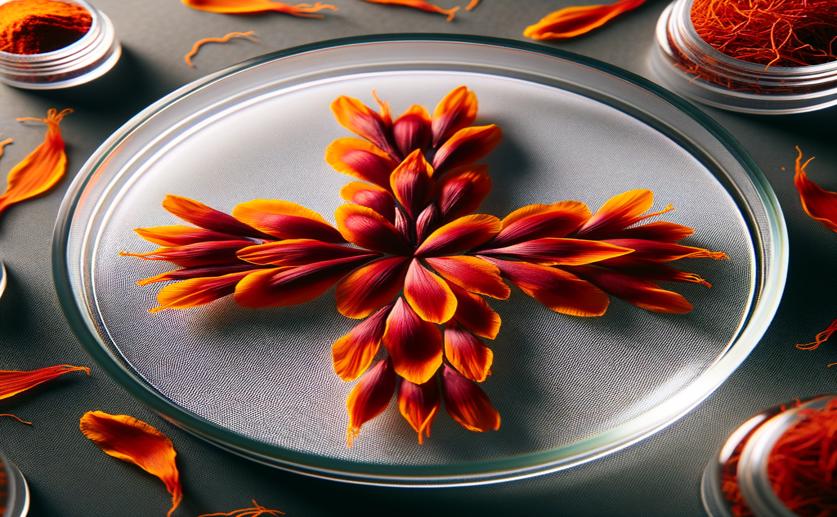
Healing Diabetic Wounds with Saffron Petals: Lab and Real-Life Studies
Jenn Hoskins
22nd August, 2024

Image Source: Natural Science News, 2024
Key Findings
- The study from Tehran, Iran, found that saffron petal extract helps wounds heal faster in diabetic conditions
- Saffron petal extract boosts cell survival, movement, and new blood vessel formation, which are crucial for wound healing
- Tests on diabetic mice showed that the extract improved skin healing by increasing blood vessels, fibroblasts, and collagen
References
Main Study
1) In vitro and in vivo evaluation of the diabetic wound healing properties of Saffron (Crocus Sativus L.) petals.
Published 21st August, 2024
Journal: Scientific reports
Issue: Vol 14, Issue 1, Aug 2024
Related Studies
2) Wound dressings incorporating microRNAs: Innovative therapy for diabetic wound treatment.
Journal: Iranian journal of basic medical sciences, Issue: Vol 25, Issue 9, Sep 2022
3) Cellular and Molecular Events of Wound Healing and the Potential of Silver Based Nanoformulations as Wound Healing Agents.
4) Wound Chronicity, Impaired Immunity and Infection in Diabetic Patients.



 18th August, 2024 | Jim Crocker
18th August, 2024 | Jim Crocker